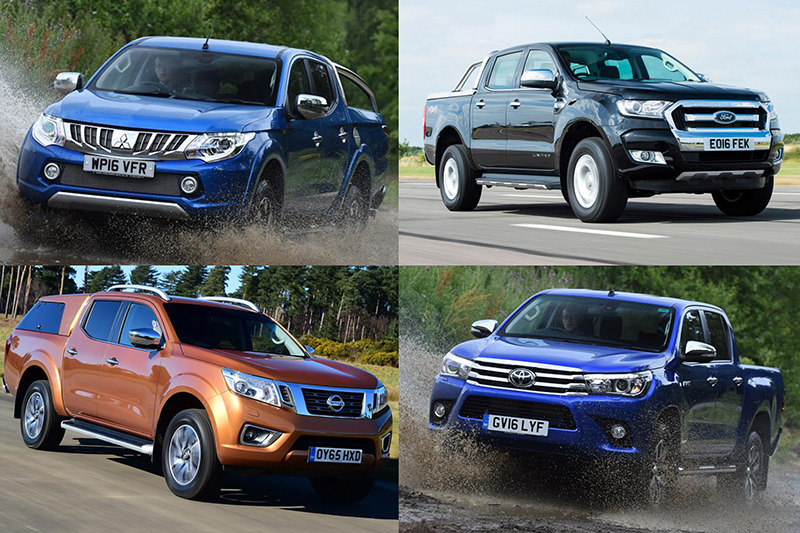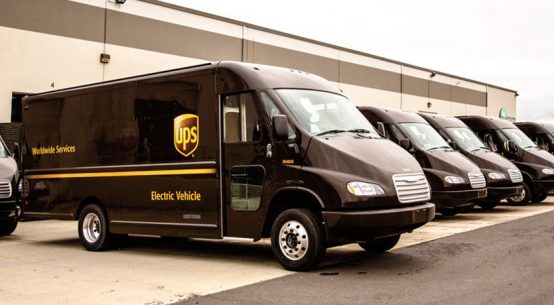
Robot vehicles might rip apart the business model of the car industry in the coming years, but for now, automakers still are selling a lot of cars and light trucks.
U.S. sales for 2017 are expected to come in at 17.2 million vehicles, to be adjusted slightly up or down this week as more companies report their numbers.
Imagine your Ad placed here
That’s down from 17.55 million in 2016, a record high. But it’s still considered healthy, especially considering how many people bought cars and trucks over the past few years.
It appears the cyclic downturn could be gentle, given the strength of the U.S. and global economy.
“A lot of the strong economic news has translated into consumers going out there and buying new vehicles,” said Charlie Chesbrough of market research firm Cox Automotive. “We’re looking at the stock market at record highs, unemployment rates essentially near full employment and interest rates at a still-affordable level.”
December sales results were stronger than expected, largely driven by a U.S. economic growth rate near 3 percent, compared with about 1.2 percent as the year began, he said.
The cyclical softening of demand is likely to push sales down to 16.7 million vehicles or so this year, analysts say. The new tax bill will withhold less money from most people’s paychecks. That could goose the number a bit, but rising interest rates could cancel that out by boosting monthly car-loan payments, said Alec Gutierrez of Kelley Blue Book. “For a lot of consumers, an extra $20 a month is a big deal.”
But for many others, price sensitivity isn’t a big issue. The average cost of a motor vehicle hit a record high in 2017, at $36,113, largely driven by the continuing growth in pickup sales.
While sales at General Motors, Toyota, Fiat Chrysler and Honda all fell a few percentage points in December, Ford was up 1.3 percent on the strength of its trucks, especially the enormously popular F-Series pickup. The F-Series repeats as the best-selling vehicle in the U.S., according to Motor Intelligence.
“If a company is strong in pickup trucks and sport utility vehicles, they had a great year,” said Michelle Krebs, senior analyst at Autotrader. “If they were heavier on cars and sport utilities, then less so.”
The shift to trucks, SUVs and crossover vehicles looks like it’s here to stay. For the first time, the majority of Audi’s sales were in SUVs and crossovers.
FUEL EFFICIENCY GAINS
Gasoline mileage is not as important to consumers, analysts say, and not only because gas prices are low. Fuel efficiency has made tremendous gains, even in larger vehicles, since 2009, when the industry agreed to tough fuel economy regulations with the Obama administration in return for a federal bailout at General Motors and Chrysler.
The Trump administration is considering rolling back those rules. Even if fuel efficiency gains plateau, though, gas prices are unlikely to rise enough to affect purchase decisions, Gutierrez said, because so much U.S. oil now can be extracted through fracking.
“If crude oil starts to rise (in price), they can easily turn the spigot on,” he said. “Barring some kind of catastrophe in the Middle East, crude oil prices just can’t rise very much.”
That’s why low-income buyers are turning to crossovers, too. If they can’t afford a new one, they’re buying used, Gutierrez said.
For more Logistics News, Follow us on TWITTER Follow us on FACEBOOK
While sedans won’t disappear overnight, they’re slowly fading. That presents the auto industry with one of its biggest challenges for 2018, said Jessica Caldwell, an analyst at Edmunds.
“They’re having a hard time trying to adjust production,” she said. “It’s a bit of a challenge.”
- Associated Press









